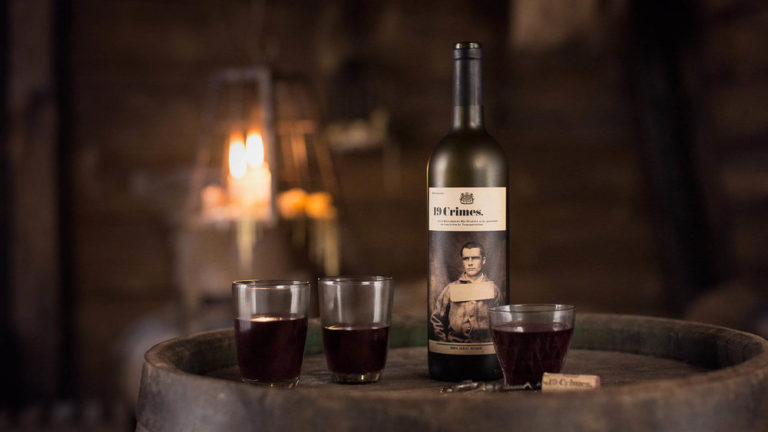
XR continues to evolve and take shape. Like other tech sectors, it has spawned several sub-sectors that comprise an ecosystem. These include industrial AR, consumer VR, and AR shopping. Existing alongside all of them – and overlapping to some degree – is AR marketing.
Among other things, AR marketing includes sponsored AR lenses that let consumers visualize products in their space. This field – including AR creation tools and ad placement – could grow from $4.7 billion in 2023 to $11.8 billion in 2028 according to ARtillery Intelligence.
Factors propelling this growth include brand advertisers’ escalating affinity for, and recognition of, AR’s potential. More practically speaking, there’s a real business case. AR marketing campaigns continue to show strong performance metrics when compared with 2D benchmarks.
How is this coming together? And what are best practices? These questions were tackled in a recent report by our research arm, ARtillery Intelligence, including narrative analysis, revenue projections, and campaign case studies. It joins our report excerpt series, with the latest below.
Whimsical & Shareable
Discovery Wines was interested in boosting exposure for its 19 Crimes label. Given the brand’s whimsical and story-based dynamics, it turned to AR to bring characters to life. It also wanted to utilize AR’s shareability to spark virality and carry the 19 Crimes brand name further.
Because its bottles feature old-timey mug shots of 19th-century criminals – a different one for each wine varietal – they were the subjects of AR animations. When activated through mobile AR, labels came to life to tell origin stories – an effect similar to Harry Potter “moving paintings.”
To pull this off from a creative and technological perspective, Discovery Wines worked with TACTIC, which used Unity to create the animations. The wine labels themselves served as physical markers to activate AR. This made it user-friendly for consumers to engage (see video).
The entire experience happened within the 19-Crimes app as well as web AR, which lowered friction even further due to its ability to work on several devices without a specific app. Lastly, Discovery Wines promoted the AR experience heavily at events such as wine tastings.
Right Vessel
So what were the results? All of the above drove 30 million views in the first month and 750,000 sustained monthly views on an ongoing basis. This drop-off in usage is expected after initial campaign surges, and it’s a good sign when ongoing usage sustains at consistent levels.
As for strategic takeaways and best practices, one thing that made this campaign work was the way the AR experience was aligned with the brand itself. AR’s capabilities are aligned with 19 Crimes’ story-based branding, and turned out to be the right vessel for its brand-awareness goals.
Pairing the experience with wine tastings also boosted the inherent party-favor dynamic of the AR experience, especially among attendees who were “loosened up.” Altogether, Discovery Wines leaned into AR’s fun side, which complemented the brand vibe it wanted to build.
The company also squeezed more value out of the campaign investment by building a platform (including analytics and CRM functions) to be used for AR campaigns across all its labels. That way, AR wasn’t just a “one and done” initiative, and could continue to build on itself.
We’ll pause there and circle back in the next installment with more AR marketing case studies. Meanwhile, see the full report here.

